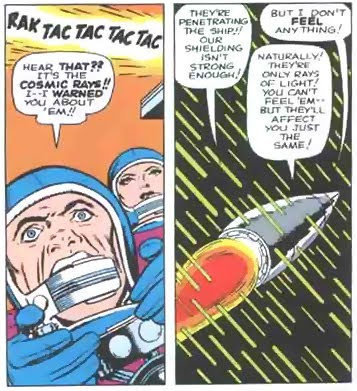Pathological Pathologist
Wells, the Plaintiff, sued Smithkline Beecham d/b/a GSK, because he claimed that GSK’s drug Requip caused irresistable gambling urges. Wells was a pathologist who had to retire due to Parkinson’s disease. Wells was originally prescribed Mirapex to alleviate his symptoms, but he later read an article that Mirapex might cause “problem gambling.” Wells had already lost $2 million at this point. He was then prescribed Requip, which did not bear any warning about problem gambling. You can bet what happened next.
The district court granted summary judgment to GSK on causation, and the Fifth Circuit affirmed, citing Daubert. Wells put up three experts to say something like “Requip causes gambling problems.” Although Wells’ counsel was able to string together some case-specific information showing some correlation between Requip and gambling impulses, the Fifth Circuit was pretty clear:
Each of the three experts, though, conceded that there exists no scientifically reliable evidence of a cause-and-effect relationship between Requip and gambling.
Id. I imagine that the defense lawyer was somewhat bewildered when each expert admitted at deposition that there was no scientific evidence on which to base an opinion as to causation. The summary judgment motion pretty much writes itself. Without any scientific basis of opinion, the experts can’t opine in court, and, therefore, Wells claim failed for lack of proof of causation. What’s the big deal, you say? This seems pretty straightforward. Well yes, but I would point out two issues on which I will pontificate. First, Wells was just unlucky in the factual sense of the word. Based upon the Requip Patient Information [PDF] (which admittedly is an updated version that notes the potential for impulsive behaviors, including gambling) Wells could have experienced some other side effects that may or may not have been preferable. First, the warnings indicate that a patient may fall asleep during an activity of daily living, perhaps without a warning of drowsiness. Narcolepsy in Vegas could have its positives and negatives. I could envision a scenario where you’re losing at a table without the will to get up, and then you faceplant into your chips. While having a chip impaled through your forehead may hurt, at least the (figurative) bleeding would stop (maybe). I suppose there’s always the chance for somnambulistic wagering.
Perhaps Requip is a cause of problem gambling, but the scientific knowledge is not yet there.
Id. There have to be some legal guinea pigs for cases involving new diseases/side effects that will likely not recover in order to establish scientific evidence that a particular drug either does or does not cause a specific side effect. Obviously we can’t wait for studies in every situation. That means that the initial plaintiffs may accrue a cause of action (reasonable notice that something is wrong with you) before there is legally significant proof of causation. What does this mean for defendants? Use Daubert early and often, before the science develops. But this does not help Wells. Maybe he can asset an equitable lien in some plaintiff’s future proceeds, if there turns out to be causation later. For now, Wells is left with the remorse that his money that he brought to Vegas stayed in Vegas.
















